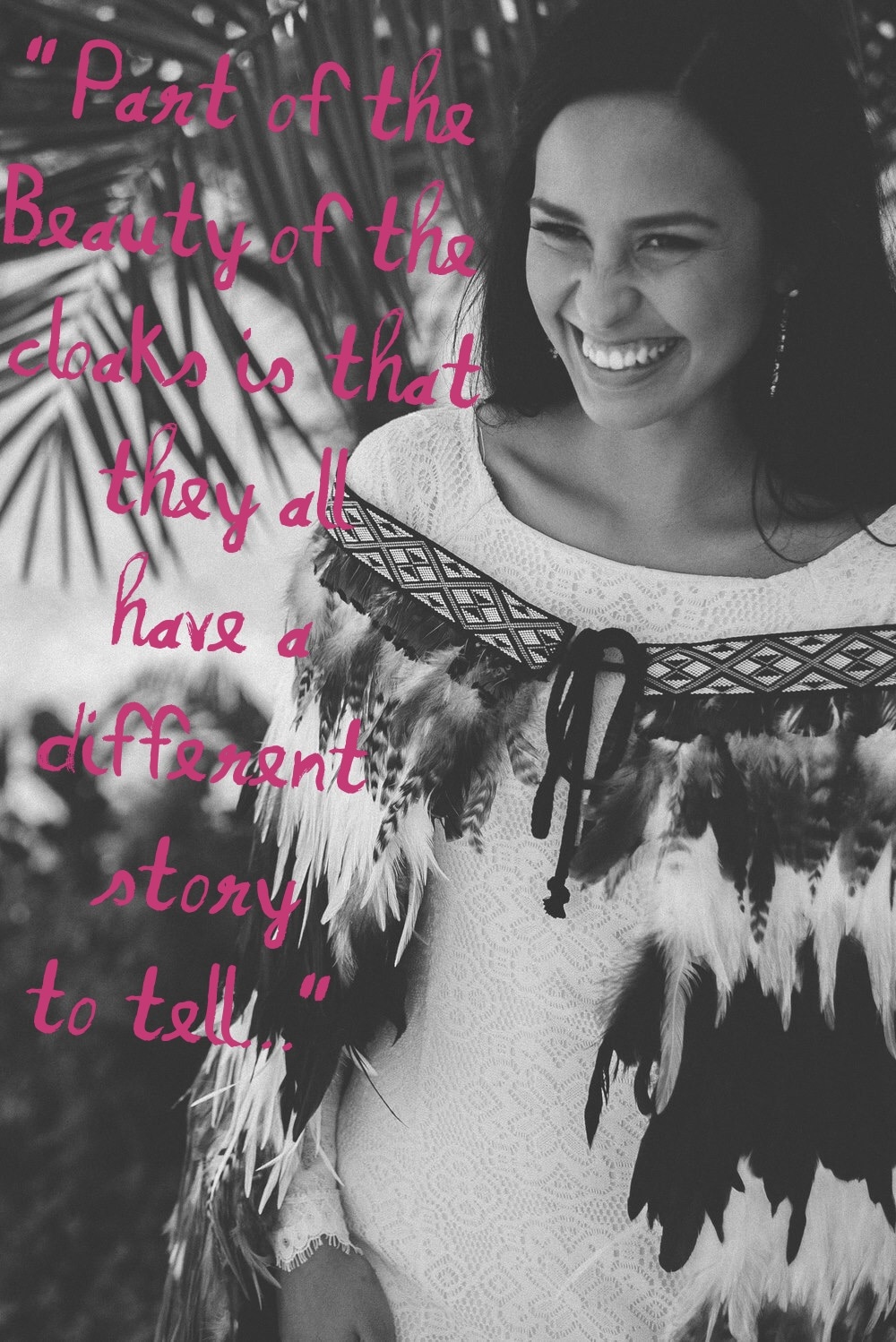Indigenous
"For all of us, becoming indigenous to a place means living as if your children's future mattered, to take care of the land as if our lives, both material and spiritual, depended on it." - Robin Wall Kimmerer, Braiding Sweetgrass
|
Yesterday, I attended the graduation of my niece, Precious Meamoto TeMaari Manu, from Cal State Fullerton. I am so proud of all that she has accomplished and of the example that she is to my son, Ronan. She is a beautiful, strong, smart, and caring woman, who I know will go on to do many great things. She looked absolutely stunning covered in leis and wearing her korowai proudly. At the same time, my dear friend, Monica's, daughter Toya graduated from Chinle High School in Arizona. While my sister, Erana, and I couldn't be there in person, we sent Toya a korowai to wear at her graduation ceremony. We are grateful for friends that we can have deep and meaningful cultural exchanges with and who support and inspire us daily. We are so proud of these beautiful young indigenous women. It is so important that all women, but especially indigenous women, seek to become strong and educated individuals to help uplift our communities. These are our daughters, grand-daughters, nieces, sisters, and friends who will grow both in mind and spirit to be the our future leaders and children's examples. As a mother, I am so grateful that my son has strong women in his life to look up to.
0 Comments
 -John Turi-Tiakitai (Author, Whatu Kākahu: Maori Cloaks) "Beautiful kākahu (cloaks) were worn by people of rank. Cloaks included kahu kurī (dog-skin cloaks), korowai (cloaks decorated with woollen pompoms or tags) and kahu huruhuru (cloaks made with bird feathers). A fine kākahu could take several years to make. They were treasured, and were sometimes exchanged for important items or services" (Te Ara) “When you put a kākahu [cloak] on, that Io [The Creator] is against your skin and the aho, the connection with all of those elements that you live amongst and learn from, and you then hand that knowledge on it’s all there when you put the kākahu on…it’s that image in your mind that you’re in contact with the Creator every time you put your kākahu on.” -Toi Te Rito Maihi -Kukupa Tirikātene (Ngai Tahu) "The Korowai has it's own Wairua, or Spirit..."A few years ago my sisters and I started making Korowais for special family occasions for anyone in our family to use. When we make a Korowai it's with the intent of creating a connection between our ancestors and our living family. We sing songs (waiata), pray and bless them (karakia), and tell stories and reminisce about our mother and family (whanau). It is a labor of love and we put our MANA into each one and the wearer both gives and receives MANA from it. Weavers of the past often had signature stitching or designs that were unique to them. My sisters and I always try to incorporate a few charms woven into the lining of the cloak that represent the specific meaning and purpose the Korowai was created for. We call them our CHARMED KOROWAI. What we love about making Korowais is that they can be used for so many special occasions and being far from New Zealand and our extended family, we are able to be connected to them, our mother, and our ancestors during these special times. “The tapestry of understanding cannot be woven by just one strand alone. It takes the working together of strands, the working together of such weavers to complete such a tapestry. “ -Kukupa Tirikātene (Ngai Tahu) |
|